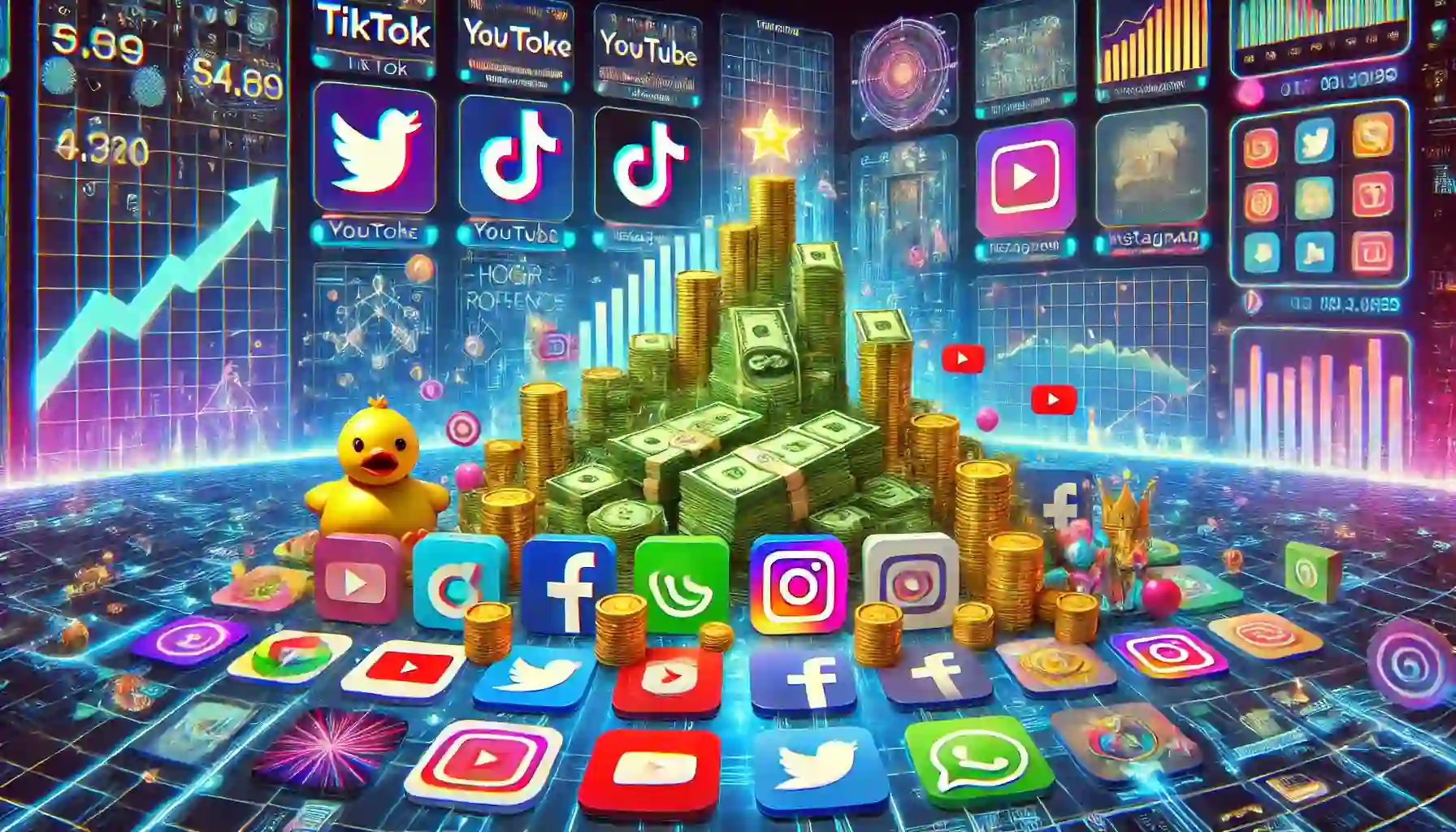In a world flooded with millions of apps, understanding what apps make the most money isn’t just interesting – it’s essential knowledge for developers, investors, and business strategists alike. The global app economy continues to expand, with total consumer spending across app stores exceeding $170 billion in 2024. But which categories and specific apps are capturing the largest share of this massive market? Let’s explore exactly what apps make the most money and why they succeed.
Quick Answer: What apps make the most money in 2025? Mobile games lead revenue generation, making them the apps that make the most money overall, followed by fintech and subscription services. The apps that make the most money, like TikTok, Spotify, and Cash App, use hybrid monetization strategies combining subscriptions, in-app purchases, and advertising to maximize income. Gaming apps like Honor of Kings and Genshin Impact earn billions through microtransactions, making them among the highest-earning apps globally.
Top-Grossing App Categories: What Apps Make the Most Money by Type
The app marketplace isn’t a level playing field, with certain categories consistently outperforming others in revenue generation. When analyzing what apps make the most money in today’s digital economy, clear patterns emerge across specific categories. Understanding these high-performing sectors provides valuable insights into consumer spending habits and emerging opportunities.
Mobile Games: The Apps That Make the Most Money Globally
When looking at what apps make the most money worldwide, mobile games definitively lead the pack, accounting for approximately 70% of all app store spending. These apps make the most money through exceptionally flexible monetization options:
- Microtransactions: Small, frequent purchases for in-game advantages
- Season passes: Recurring revenue from players seeking exclusive content
- Cosmetic items: Non-functional items that enhance personalization
Top-grossing mobile games like Honor of Kings, PUBG Mobile, and Genshin Impact consistently generate billions annually. Genshin Impact, in particular, exemplifies the “gacha” model’s effectiveness, with players spending for randomized character opportunities. The game passed $4.5 billion in lifetime revenue in early 2025, demonstrating the continued strength of this business model.

Fintech Apps: Monetizing Trust and Transactions
Financial technology apps occupy the second position in revenue generation, with banking, investment, and payment platforms leading the category. These apps monetize through:
- Transaction fees: Small percentages on payment amounts
- Subscription tiers: Premium features for monthly/annual subscribers
- Interest on deposits: Revenue from held funds
- Credit products: Loans and financing options
Apps like PayPal, Robinhood, and Cash App have mastered the art of building revenue streams around financial services. Cash App, for instance, reported $4.6 billion in gross profit for 2024, demonstrating the massive potential in this space when trust and convenience converge.
The rise of cryptocurrency and investment apps has further expanded this category, with platforms like Coinbase generating substantial revenue during market volatility periods. These apps typically earn through trading fees, spread differentials, and premium subscription tiers.
Social Media Apps: Engagement-Driven Profitability
While many social media platforms offer free core services, they’ve developed sophisticated monetization mechanisms that generate billions in revenue:
- Targeted advertising: Precision ad delivery based on user data
- Creator partnerships: Revenue sharing with content producers
- Virtual gifts/tokens: Microtransactions for interactive features
- Marketplace fees: Commissions on product sales
TikTok continues to lead this category, with its ad revenue exceeding $45 billion in 2024, representing a 30% increase year-over-year. The platform’s algorithmic efficiency in matching content to viewers has created unprecedented engagement rates, translating directly to advertising value.
Instagram and YouTube have similarly leveraged their massive user bases into advertising powerhouses, while also expanding into e-commerce and subscription models to diversify revenue streams.
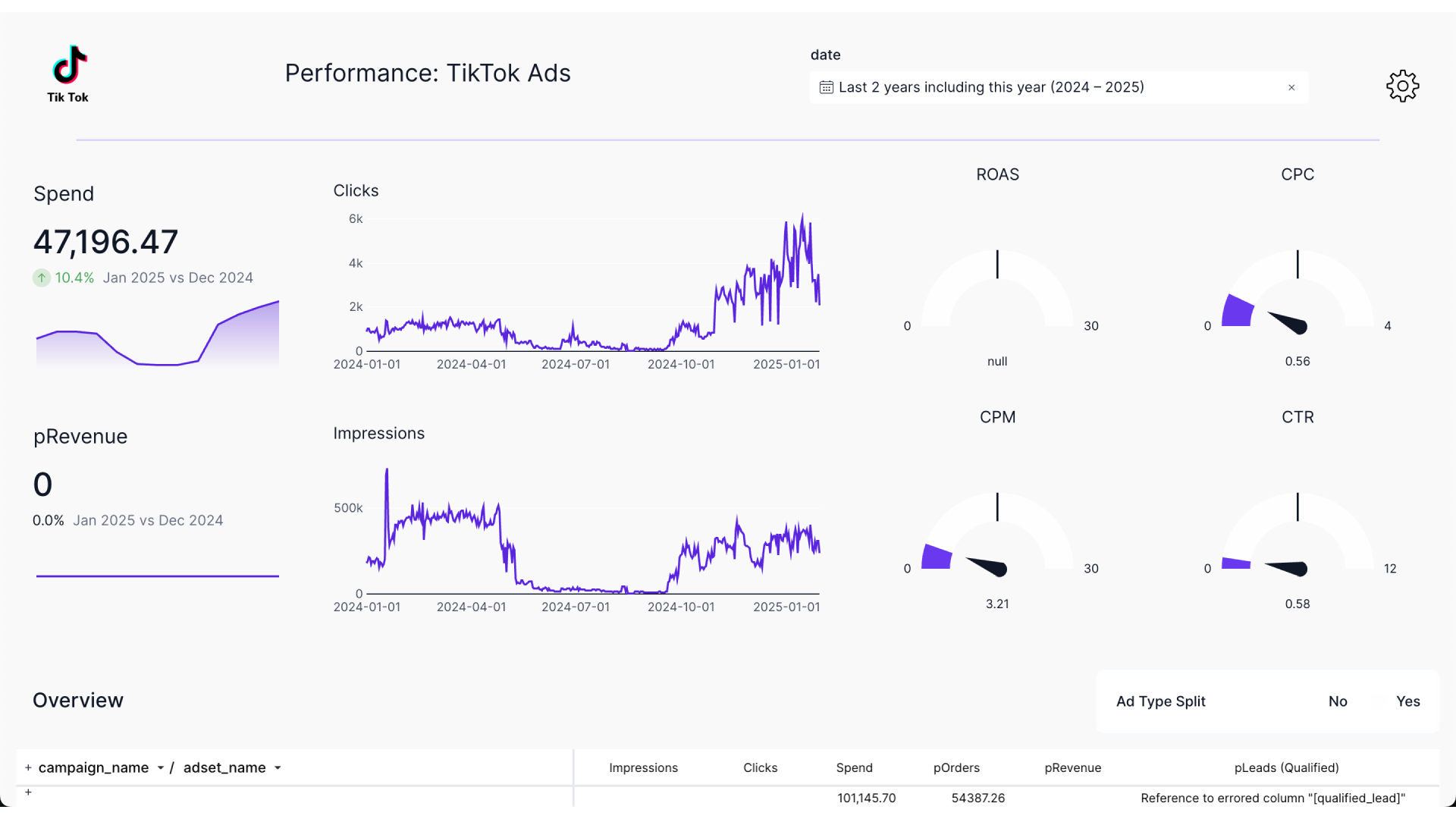
Subscription-Based Streaming Services: Recurring Revenue Models
Streaming apps have perfected the subscription model, creating predictable, recurring revenue streams:
- Monthly/annual subscriptions: Tiered pricing based on features
- Family plans: Higher-priced shared accounts
- Ad-supported tiers: Hybrid models combining ads with lower subscription costs
- Premium content: Additional fees for exclusive content
Spotify remains the audio streaming leader with over 250 million paid subscribers in 2025, generating approximately $15 billion in subscription revenue annually. Meanwhile, video streaming apps like Netflix, Disney+, and YouTube Premium continue to demonstrate the scalability of subscription models.
The success of these platforms hinges on content quality and user experience – factors that justify ongoing subscription costs and minimize churn rates. Netflix’s content investment of over $17 billion in 2025 exemplifies the “spend to earn” strategy that keeps subscribers engaged.
Monetization Strategies: How the Apps That Make the Most Money Generate Revenue
Beyond categorization, the most profitable apps employ specific revenue strategies tailored to their user base and service type. To understand what apps make the most money, we need to examine these proven monetization approaches that have been refined through years of market testing and optimization.
In-App Purchases: How Games and Apps Drive Sales
The in-app purchase (IAP) model has evolved significantly, with sophisticated techniques to convert free users into paying customers:
- Limited-time offers: Creating urgency through time-restricted deals
- Value progression: Gradually increasing purchase value over the user journey
- Convenience purchases: Paying to remove friction or save time
- Collectibles: Leveraging completionist psychology
Mobile games have mastered this approach, with titles like Honor of Kings generating over $2.5 billion annually primarily through IAPs. The key to success lies in balancing free and paid content – providing enough value to non-paying users while creating compelling reasons to purchase.
Outside gaming, productivity apps like Notion and fitness apps like Strava have adapted the IAP model to their domains, offering core functionality free while reserving premium features for paying users.
Advertising Models: Making Profits from User Attention
Advertising remains a cornerstone of app monetization, especially for services where subscription barriers would limit growth:
- Native ads: Contextually-relevant placements that match app design
- Rewarded video: Optional ad viewing in exchange for benefits
- Programmatic advertising: Automated, targeted ad placement
- Interstitials: Full-screen ads at natural transition points
The sophistication of ad delivery continues to improve, with AI-driven systems maximizing relevance while minimizing user disruption. Weather apps, news apps, and casual games frequently employ this model, with top performers generating $15-30 in average revenue per thousand impressions (RPM).
Apps like Weather Underground and Words With Friends demonstrate how advertising can be implemented without compromising the user experience, maintaining high engagement while generating substantial revenue.
Subscription Models: Converting Users into Paying Customers
The subscription economy continues to expand, with more apps transitioning from one-time purchases to recurring revenue models:
- Freemium conversion: Limited free functionality with premium upgrades
- Trial periods: Temporary full access to demonstrate value
- Tiered options: Multiple price points for different feature sets
- Annual discounts: Incentives for longer commitments
Productivity apps like Notion, Evernote, and Todoist exemplify successful subscription implementation, with conversion rates between 5-15% of their active user base. Dating apps also excel with this model – Tinder and Bumble generate billions annually through premium subscriptions that enhance matching opportunities.
The key success factor in subscription models is demonstrating consistent value that justifies ongoing payment. Apps that fail to regularly deliver tangible benefits experience high churn rates and diminishing returns.
Comparison of Revenue Models: What Apps Make the Most Money Across Categories
Direct comparisons between monetization approaches reveal important patterns about what apps make the most money and why. These insights into user behavior and revenue potential vary significantly across the app ecosystem, with clear winners emerging in each category.
Revenue Comparison: Ad-Supported vs. Subscription-Based Apps
The battle between advertising and subscription models continues, with important differences in revenue predictability and user experience:
| Aspect | Ad-Supported Model | Subscription Model |
|---|---|---|
| Revenue predictability | Moderate (seasonal fluctuations) | High (recurring payments) |
| User acquisition | Easier (no upfront cost) | More challenging (payment barrier) |
| Lifetime value | $5-15 for casual users | $150-500+ for subscribers |
| User experience | Potentially interrupted | Clean, ad-free experience |
| Data requirements | High (for targeting) | Lower (focused on engagement) |
While subscription apps typically generate higher revenue per user, ad-supported apps can achieve massive scale with lower friction. Hybrid models are increasingly common, with apps like Spotify and YouTube offering both free ad-supported tiers and premium subscription options.
The most successful apps often transition strategically between models as they mature – starting with advertising to build scale, then introducing subscription options once user habits are established.
User Engagement: Correlation with Revenue in Gaming Apps
Gaming apps demonstrate a particularly strong connection between engagement metrics and revenue potential:
- Daily active users (DAU): Directly correlates with revenue opportunity
- Session length: Longer sessions increase ad and IAP exposure
- Retention rates: Higher retention dramatically increases lifetime value
- Social features: Multiplayer and social elements boost retention and virality
Games with 30-day retention rates above 15% typically generate 3-5x the revenue of those with rates below 5%. This relationship underscores the importance of designing for long-term engagement rather than short-term monetization.
Successful titles like PUBG Mobile and Candy Crush Saga maintain remarkable retention metrics, with 20-25% of new users still active after 30 days – translating directly to higher average revenue per user (ARPU).
 ALT Text: “Data visualization showing strong correlation between 30-day user retention rates and average revenue per user in mobile games in 2025”
Market Reach: iOS vs. Android Revenue Potential
The platform divide between iOS and Android continues to influence monetization strategies:
| Metric | iOS App Store | Google Play Store |
|---|---|---|
| Revenue per user | 2.5-3x higher | Lower but growing |
| In-app purchase value | $15-20 average | $8-12 average |
| Ad revenue per impression | Higher | Lower but larger volume |
| Paid app prevalence | More common | Less common |
| Geographic strength | North America, Europe, Japan | Global, strong in emerging markets |
Despite Android’s larger user base, iOS continues to generate approximately 65% of global app revenue. However, this gap is narrowing as Android penetration increases in high-value markets and payment infrastructure improves in emerging economies.
For developers targeting maximum revenue, optimizing for both platforms remains essential, with platform-specific monetization strategies reflecting different user behaviors and spending patterns.
Emerging Trends: The Future of What Apps Make the Most Money
The app economy continues to evolve, with new approaches and technologies reshaping what apps make the most money and how developers generate revenue. Understanding these emerging trends is crucial for predicting which apps will dominate the revenue charts in coming years.
The Rise of AI-Powered Apps and Their Revenue Impact
AI integration is creating new monetization opportunities across the app landscape:
- Personalized premium features: AI-driven customization at premium price points
- Efficiency tiers: Paying for advanced AI processing capabilities
- Usage-based models: Charging based on AI computation used
- Specialized AI tools: Premium access to specific AI functions
Apps like ChatGPT, Midjourney, and other AI tools demonstrate varied approaches to AI monetization. ChatGPT’s subscription model has attracted over 100 million paying users by early 2025, while many productivity tools now offer AI features as premium upsells.
The scalability of AI services presents unique cost challenges – server costs can increase dramatically with usage, making careful monetization strategy essential for sustainable growth.
 ALT Text: “AI writing assistant app interface showing premium AI features and subscription options in 2025”
Hybrid Revenue Models: Combining Strategies for Success
The most financially successful apps increasingly implement multiple revenue streams:
- Core subscription + optional IAPs: Basic features for subscribers with additional purchases available
- Freemium + advertising: Free tier with ads, paid tier removes ads
- Transaction fees + subscriptions: Basic service with fees, premium tier with reduced fees
- Marketplace + services: Commission on transactions plus premium services
Dating apps exemplify this hybrid approach – Tinder generates revenue through basic subscriptions, premium tiers, boost purchases, and advertising partnerships. This diversification creates resilience against market shifts and maximizes revenue per user.
Similarly, food delivery apps combine restaurant commissions, delivery fees, subscription services, and promotional revenue to build multi-layered business models.
The Future of E-commerce Apps and Monetization Potential
E-commerce apps are evolving beyond traditional sales commission models:
- Subscription memberships: Amazon Prime-style benefits for regular shoppers
- Advanced advertising: Sponsored product placement and targeted promotions
- Financial services: Integrated payment systems, buy-now-pay-later options
- Logistics services: Premium delivery options and fulfillment services
Apps like SHEIN, Amazon, and Shopify illustrate the immense potential when e-commerce platforms expand beyond transaction commissions. Amazon’s advertising business alone generated over $50 billion in 2024, while marketplace fees contributed approximately $125 billion.
The integration of social commerce features into traditional e-commerce apps creates additional monetization opportunities, with influencer partnerships and content marketing driving both engagement and purchases.
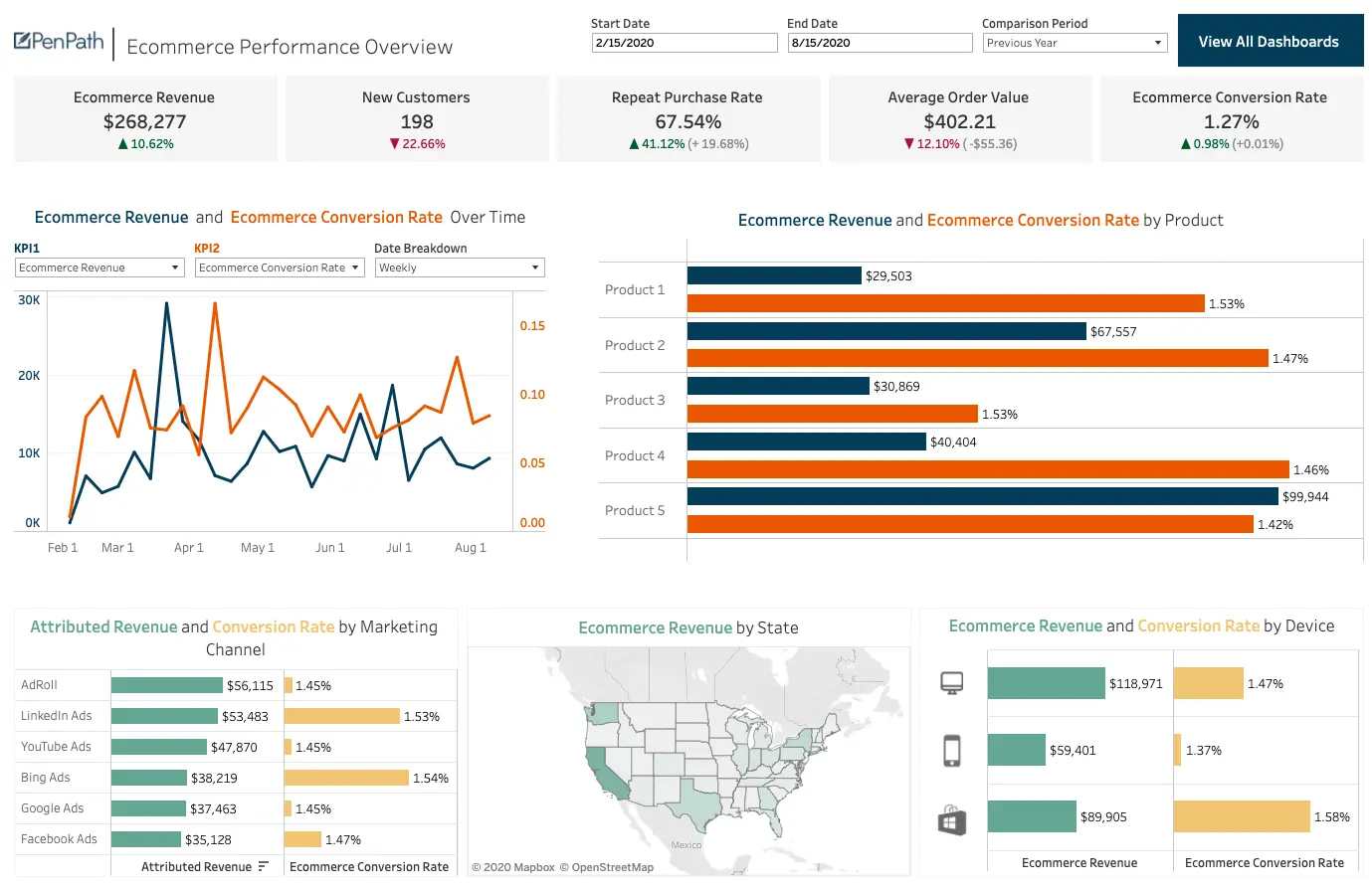
Case Studies of What Apps Make the Most Money in 2025
Examining specific apps that make the most money provides valuable insights into effective monetization strategies across different categories. These real-world examples demonstrate exactly how top-earning apps convert their popularity into substantial revenue.
TikTok: Revolutionizing Content Monetization
TikTok has transformed from a simple video-sharing platform to a monetization powerhouse:
- Advertising innovation: Native formats that maintain the user experience
- Creator economy: Revenue sharing that incentivizes content production
- E-commerce integration: Direct product discovery and purchase capabilities
- Virtual gifts: Microtransactions that support creators and the platform
The app’s revenue grew to over $45 billion in 2024, representing exceptional monetization of its user base. TikTok’s success stems from its algorithm’s ability to maintain high engagement metrics – users spend an average of 95 minutes daily on the platform, creating unprecedented advertising value.
The platform’s move into e-commerce with TikTok Shop has created an additional revenue stream, generating over $20 billion in gross merchandise value in 2024 and establishing a new model for social commerce.
Cash App: Innovative Approaches to Financial Transactions
Cash App demonstrates how financial services apps can build diverse revenue streams:
- Transaction fees: Small percentages on business payments
- Bitcoin trading: Spread fees on cryptocurrency transactions
- Cash Card: Interchange fees from debit card usage
- Instant deposits: Premium fees for immediate fund availability
- Tax services: Premium filing assistance
This multi-pronged approach generated approximately $4.6 billion in gross profit for 2024, establishing Cash App as one of the most profitable financial apps globally. The platform’s success comes from converting what began as simple peer-to-peer payments into a comprehensive financial ecosystem.
By continuously expanding services while maintaining a simple user experience, Cash App has achieved remarkable customer retention and growing average revenue per user.
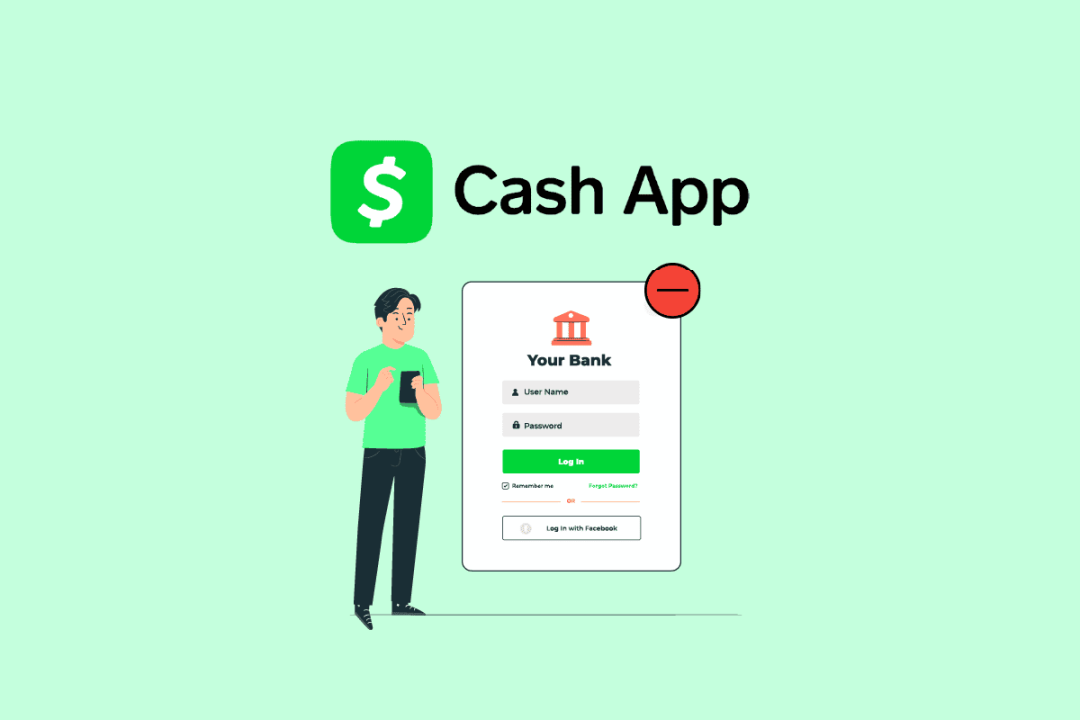
Spotify: Mastering Subscription and User Engagement
Spotify’s evolution illustrates the power of refining subscription models:
- Tiered subscriptions: Individual, family, student, and premium duo plans
- Advertising platform: Targeted audio ads on free tier
- Exclusive content: Podcasts and original programming to reduce churn
- Artist promotion: Paid placement and discovery tools
With over 250 million paid subscribers in 2025 and approximately 500 million monthly active users across both free and paid tiers, Spotify has mastered the freemium conversion funnel. The platform maintains a conversion rate of approximately 45-50% from free to paid users – an exceptional benchmark in the subscription economy.
Spotify’s success demonstrates how content-based subscriptions can achieve scale when the value proposition is clear and the free experience is functional but limited enough to incentivize upgrades.
Key Insights: What Makes Apps That Make the Most Money Successful
Beyond specific categories and examples, certain fundamental principles determine what apps make the most money in today’s competitive marketplace. These key metrics and strategies separate the highest-earning apps from those with moderate or minimal revenue.
User Retention: The Key to Sustaining Revenue
Retention metrics often predict financial success more accurately than acquisition numbers:
- First-week retention: Target minimum 25-30% for viable economics
- 30-day retention: 15%+ indicates strong product-market fit
- 90-day retention: 10%+ supports sustainable growth
- Churn rate optimization: Critical for subscription-based models
Apps with high retention rates enjoy compounding benefits: lower acquisition costs, higher lifetime value, and stronger word-of-mouth growth. Gaming apps with 30-day retention rates above 20% typically generate 4-5x the revenue of those with 10% retention, regardless of other factors.
Successful retention strategies focus on early user experience, consistent value delivery, and strategic re-engagement through notifications, content updates, and seasonal features.
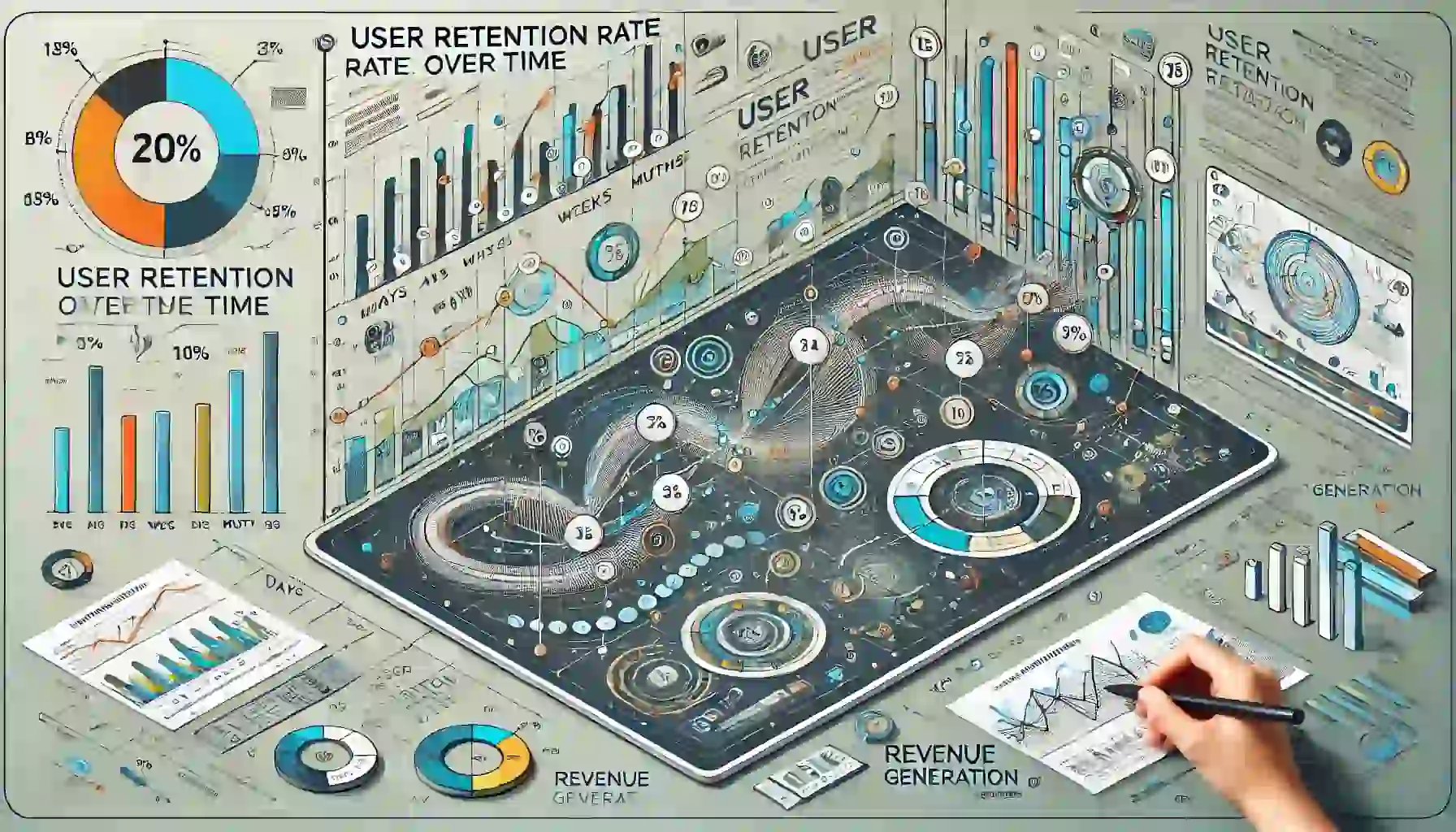
Average Revenue Per User (ARPU): Metrics that Matter
ARPU benchmarks vary dramatically across categories, providing important context for monetization potential:
| App Category | Monthly ARPU (Free Users) | Monthly ARPU (Paying Users) |
|---|---|---|
| Mobile Games | $0.15-0.30 | $15-40 |
| Dating Apps | $0.10-0.25 | $15-25 |
| Streaming Services | $0 (typically no free tier) | $10-20 |
| Productivity | $0.05-0.15 | $8-15 |
| Social Media | $0.30-0.70 | Varies (limited paid features) |
| Fintech | $0.20-0.50 | $30-70 |
The conversion rate from free to paying users typically ranges from 2-5% for most consumer apps, with variations based on category and value proposition. Subscription apps aim for conversion rates of 5-15%, while gaming apps may see IAP conversion rates of 1-3%.
Understanding category benchmarks helps set realistic revenue targets and identify optimization opportunities when metrics fall below industry standards.
Lifecycle Value: Understanding User Worth Over Time
The most sophisticated app businesses focus on lifetime value (LTV) rather than short-term metrics:
- Acquisition cost ratio: Targeting LTV:CAC ratios of 3:1 or better
- Payback period: Time to recoup acquisition cost (ideally 6-12 months)
- Monetization curve: Understanding how and when users spend
- Cohort analysis: Tracking value changes across user vintages
Gaming apps often see spending increase over time as users become more invested, with peak monetization occurring 3-6 months after installation. Subscription apps typically see the opposite pattern, with highest retention among early adopters and gradual decline in later cohorts.
The most profitable apps maintain healthy metrics across the entire user journey – from acquisition efficiency to first-week retention, from conversion optimization to long-term engagement.
Conclusion: What Apps Make the Most Money and Why
After analyzing what apps make the most money across categories, it’s clear that the most financially successful apps share several common characteristics despite category differences:
- Value clarity: Users clearly understand what they’re paying for
- Engagement depth: High retention and regular usage patterns
- Monetization diversity: Multiple revenue streams rather than single-source dependence
- Platform optimization: Different strategies for iOS vs. Android users
- Constant evolution: Regular updates and new features that sustain interest
For developers and businesses entering the app economy, understanding what apps make the most money in your chosen category while innovating on user experience offers the clearest path to revenue success. The apps that make the most money aren’t always the most downloaded – they’re the ones that convert initial interest into sustainable engagement and spending behavior.
Understanding what makes certain apps financial successes provides valuable insights whether you’re developing new products, investing in app companies, or simply trying to understand the digital economy. The patterns revealed by apps that make the most money demonstrate that while technology evolves rapidly, the fundamentals of providing value worth paying for remain constant.
Want to learn more about what apps make the most money and the tools behind them? Discover our reviews of top apps development platforms to see how the highest-earning apps are built.
FAQs About What Apps Make the Most Money
What type of app makes the most money?
Mobile games make the most money among all app categories, generating approximately 70% of all app store revenue. RPGs and strategy games like Honor of Kings and Genshin Impact are the highest earners, primarily through microtransactions and in-app purchases.
How much money do the top-grossing apps make?
The highest-earning apps generate billions annually. Top mobile games earn $2-3 billion per year, while TikTok generated over $45 billion in 2024. Subscription apps like Spotify earn approximately $15 billion annually from their paid users.
What monetization strategy is most profitable for apps?
Hybrid monetization models combining in-app purchases, subscriptions, and advertising generate the most revenue. Games earn most through in-app purchases, while productivity and streaming apps succeed with subscription models, and social media platforms excel with advertising.
Do iOS apps make more money than Android apps?
Yes, iOS apps make more money per user, with iOS users spending 2.5-3x more on average than Android users. However, Android’s larger user base means total revenue potential can be greater for apps that effectively monetize across both platforms.
What are the fastest ways for a new app to make money?
The fastest revenue for new apps comes from in-app advertising, strategic in-app purchases, and freemium subscription models. However, building retention through quality user experience is essential before focusing heavily on monetization.
Which subscription-based apps make the most money?
Streaming services (Spotify, Netflix, Disney+) make the most subscription revenue, followed by dating apps (Tinder, Bumble) and productivity software (Microsoft 365, Adobe Creative Cloud). These apps earn billions annually through recurring subscription payments.
How do free apps make the most money?
Free apps make money primarily through advertising, in-app purchases, and data monetization. Social media apps like TikTok and Instagram leverage their massive user base for advertising, while games use strategic free-to-play mechanics that encourage optional purchases.
